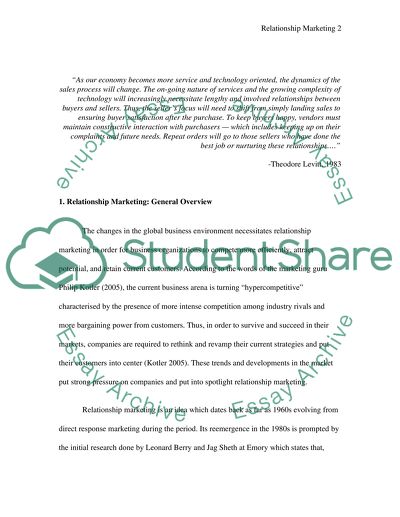Cite this document
(Relationship Marketing and Customer Service Coursework, n.d.)
Relationship Marketing and Customer Service Coursework. Retrieved from https://studentshare.org/marketing/1533176-relationship-marketing-and-customer-service
Relationship Marketing and Customer Service Coursework. Retrieved from https://studentshare.org/marketing/1533176-relationship-marketing-and-customer-service
(Relationship Marketing and Customer Service Coursework)
Relationship Marketing and Customer Service Coursework. https://studentshare.org/marketing/1533176-relationship-marketing-and-customer-service.
Relationship Marketing and Customer Service Coursework. https://studentshare.org/marketing/1533176-relationship-marketing-and-customer-service.
“Relationship Marketing and Customer Service Coursework”, n.d. https://studentshare.org/marketing/1533176-relationship-marketing-and-customer-service.


